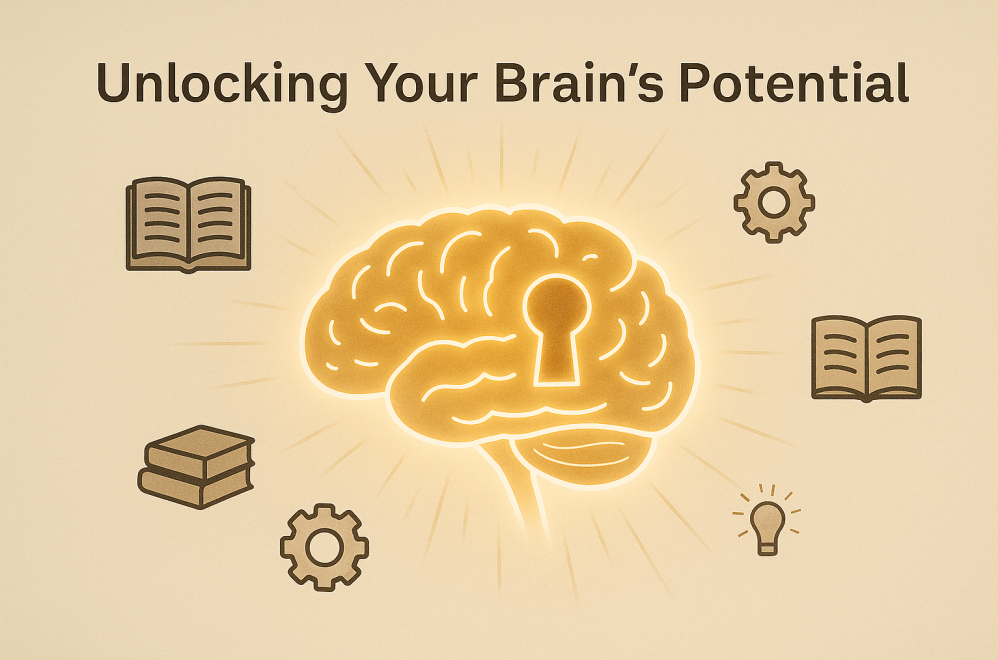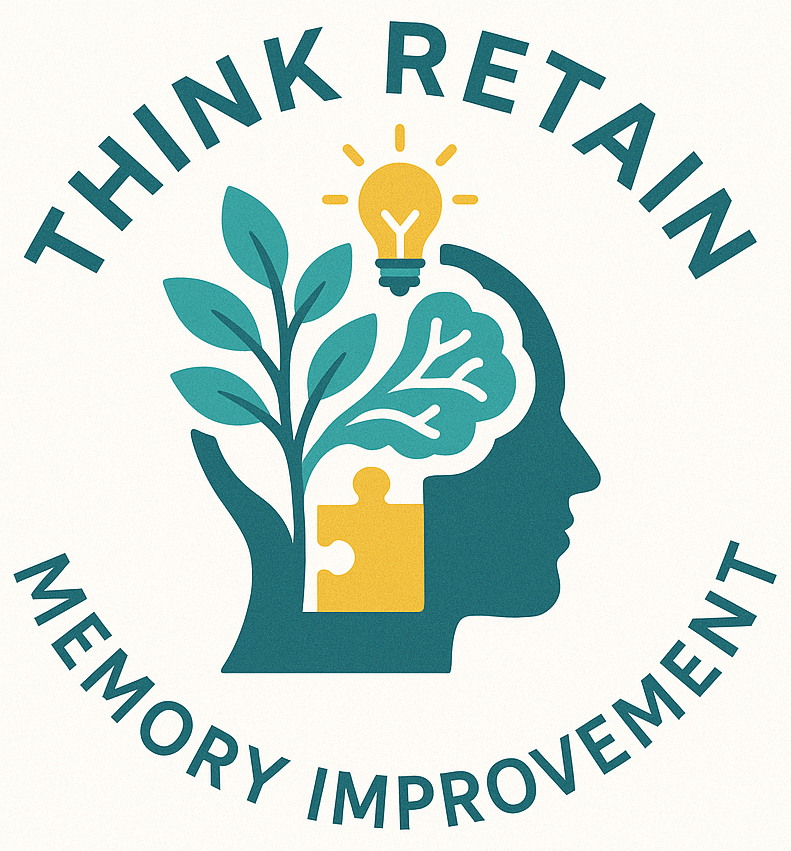
Effective study habits lay the groundwork for academic success. It’s not just about how much you study but how you do it. Everyone learns differently, but there are some solid habits that can boost your efficiency across the board. Let’s check out five foundational practices that can turn any study session into a productive one.

Consistency is king when it comes to learning. Dedicating specific blocks of time for study helps make it a regular part of your routine. Active learning takes this further by encouraging participation instead of passive note-taking. Engaging with the material critically, through discussions or practice quizzes, solidifies understanding.
Time management helps prevent last-minute cramming and the stress that comes with it. Breaking tasks into manageable chunks ensures each topic gets the attention it deserves. Another crucial habit is curating a distraction-free environment. Find a study spot free of digital interruptions, and your focus will thank you. Lastly, strategic breaks are essential. The brain thrives on short, frequent breaks to recharge and process information.
Memory techniques can make these study habits even more effective. They act like a turbo boost for your brain, allowing information to stick longer and retrieve faster. Techniques like memory palaces transform abstract data into visual journeys, while the mnemonic link method turns facts and figures into catchy, linked sequences.
The 7-3-2-1 memorization method is a nifty trick that involves reviewing information seven times, then thrice, twice, and finally once before an exam. This progressive reduction not only builds confidence but also anchors the knowledge firmly in your mind.

Real stories exist out there – students who’ve struggled but turned around their academic journeys using these memory techniques. They didn’t just hit the books harder; they hit them smarter by integrating these habits. With a little practice, you too can tap into the power of your brain and ace those exams.
Unlocking Your Brain’s Potential: Memory Techniques Explained
Memory techniques aren’t just party tricks—they’re powerful tools that transform how you absorb information. Picture this: you’re prepping for exams, surrounded by stacks of notes. Now imagine effortlessly walking through all that content using a memory palace. It’s all about making your study process smarter, not harder.
So how does a memory technique actually work? Let’s break down four examples that show its magic. First, the memory palace—a tried-and-true method. It involves placing pieces of information in familiar settings in your mind. Walk through these places mentally to recall details with ease. It’s like having a mental map of everything you’ve learned.
Then there’s the mnemonic link method. It takes dull data and weaves it into lively stories or quirky visuals that stick in your memory. Imagine creating a story with vivid characters and a fantastical plot, all representing key facts. This technique is a favorite for making terms and lists unforgettable.

Visualization revs things up by associating concepts with strong images. Need to memorize anatomy? Turn each part into an image or scene that stands out. It’s like building a mental slideshow of all you’re studying.
Another trick is association. It connects new information with what’s already known, creating anchor points for retrieval. The more unique and personal the connection, the sharper your recall will be.

Take on the 7-3-2-1 method next time you’re preparing for an exam. It focuses on reviewing your notes at decreasing frequencies—seven times, then three, then two, down to one—building simplicity and mastery in your retention.
By weaving these memory techniques into your study habits, you’re aligning with principles of people-first content and E-E-A-T. It means you’re treating yourself to an efficient, trustworthy learning method that stands the test of time. You’ve got this! Unlock your brain’s potential and discover the joy of learning like never before.
